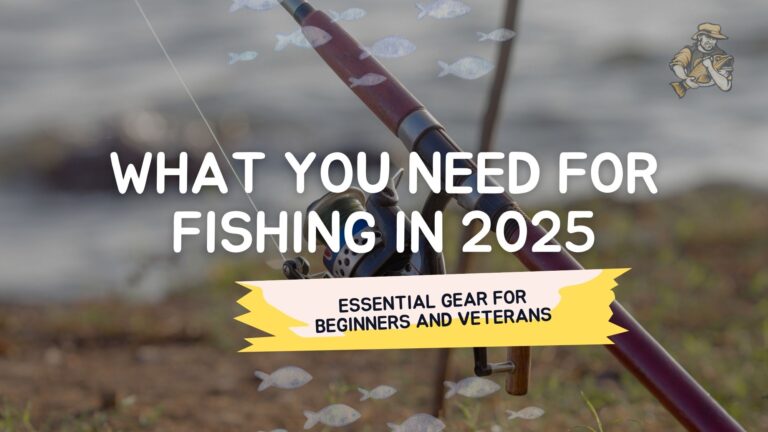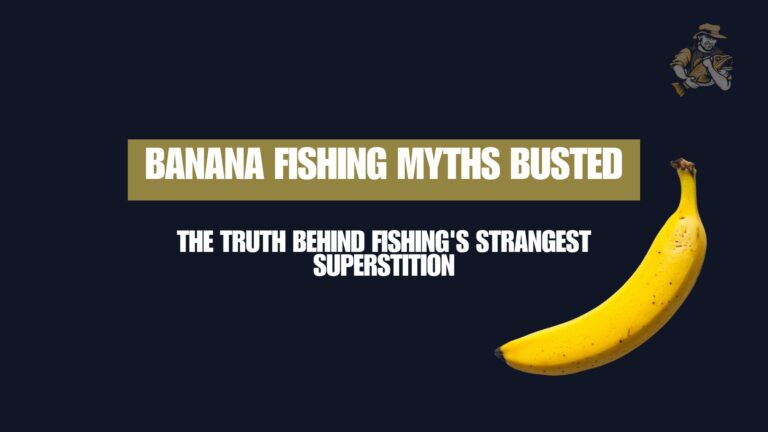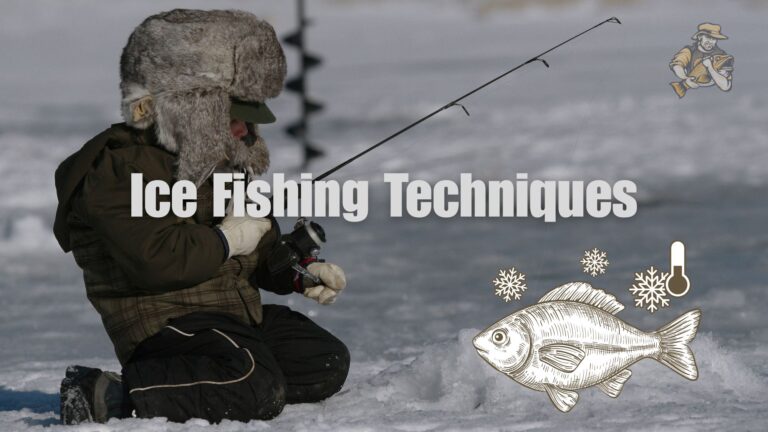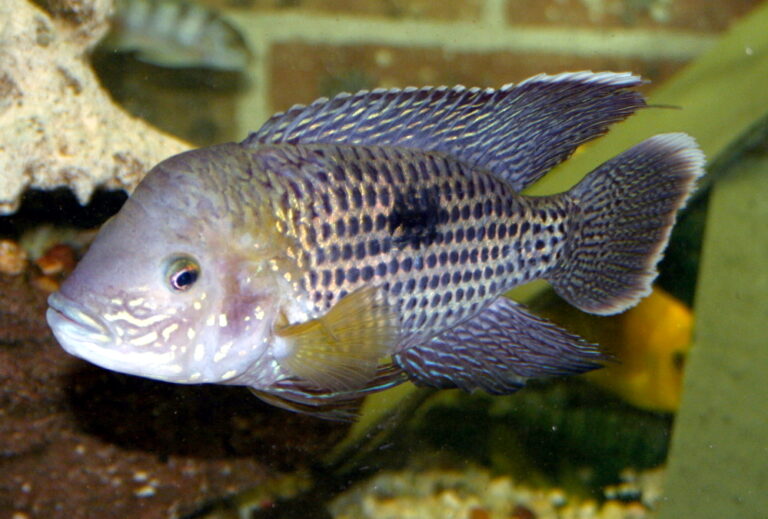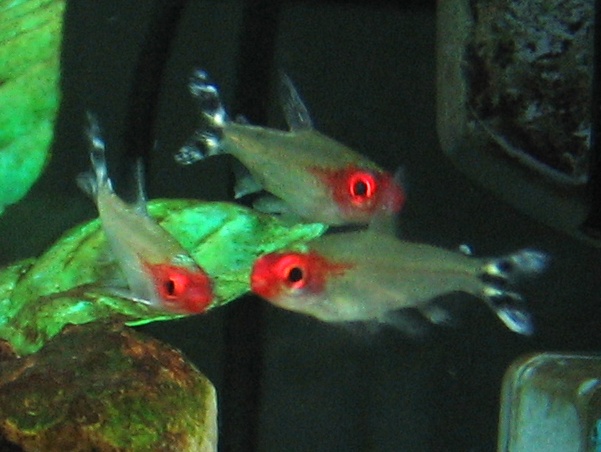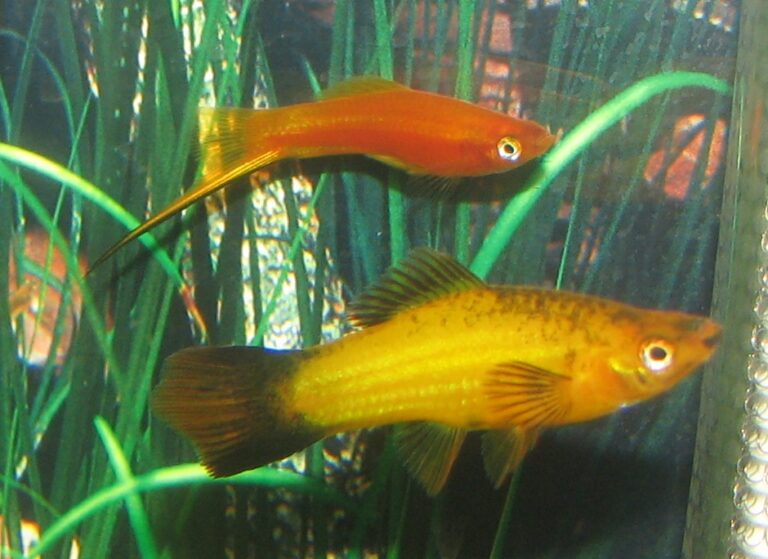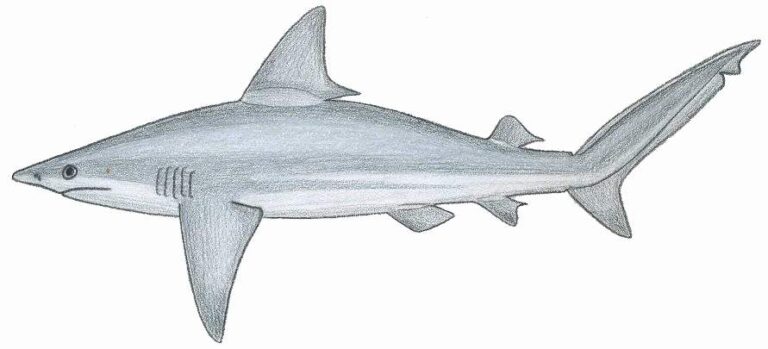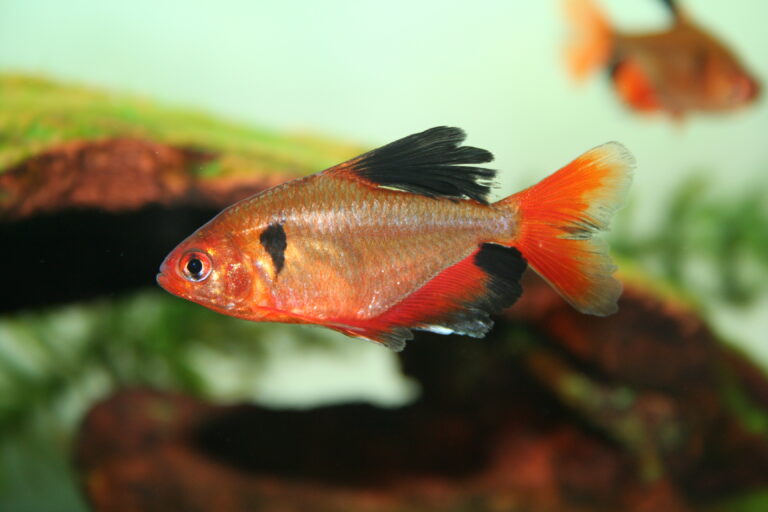How to Fish for Wahoo: 5 Proven Tactics from a Pro Angler
By Adam Hawthorne | Last Modified: May 3, 2025
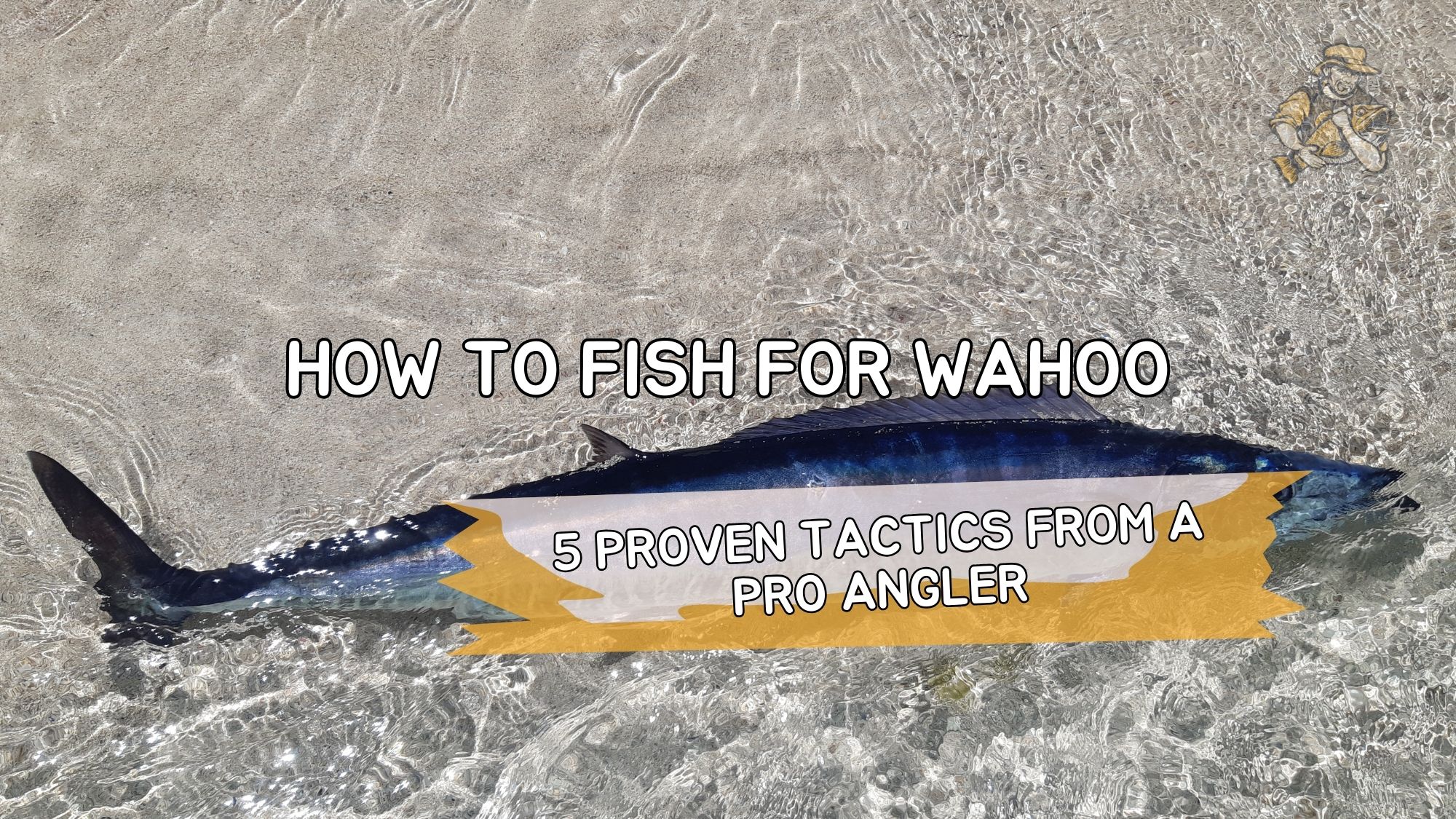
If there’s one fish that’s made me question my sanity over the years, it’s the wahoo. These lightning-fast predators have left me both exhilarated and frustrated – sometimes during the same fishing trip. After three decades on the water, I’ve learned that catching wahoo consistently isn’t about luck. It’s about strategy.
Back in 2018, I was offshore near the Florida Keys when I hooked what I thought was a small marlin. The screaming drag and blistering run nearly spooled me before I realized I was battling a monster wahoo. That 65-pounder taught me more in 20 minutes than I’d learned in years of trying.
Wahoo (Acanthocybium solandri) are among the fastest fish in the ocean, capable of short bursts exceeding 60 mph. Their streamlined bodies, powerful tails, and razor-sharp teeth make them both prized gamefish and challenging adversaries. Most commonly found in tropical and subtropical waters worldwide, wahoo tend to be solitary hunters or travel in small groups rather than large schools.
How to Fish for Wahoo Effectively
Wahoo fishing requires specialized tactics because of their unique characteristics. These ocean speedsters demand heavy-duty tackle, fast presentations, and often specific weather conditions to improve your chances of success. Unlike some offshore species that follow predictable patterns, wahoo can be maddeningly elusive one day and seemingly everywhere the next.
I’ve found wahoo typically hunt in depths from 100-400 feet, often near drop-offs, ledges, and structure that creates current breaks. They’re ambush predators that use their exceptional speed to overtake prey, which explains why fast-moving lures trigger so many strikes.
The conservation status of wahoo is currently listed as “Least Concern” by the International Union for Conservation of Nature. However, responsible fishing practices remain important for maintaining healthy populations. Most regions have specific bag limits and regulations for wahoo fishing, so always check local rules before heading out.
Seasonal Wahoo Movements
Wahoo follow seasonal migration patterns influenced by water temperature and food availability. In the Atlantic, peak seasons often occur:
- Spring (March-May): Excellent in the Bahamas and Caribbean
- Summer (June-August): Good in Mid-Atlantic regions
- Fall (September-November): Prime time in many southern areas
- Winter (December-February): Can be productive in deep southern waters
The Gulf Stream creates prime wahoo habitat, with the current edges often holding concentrations of fish. I’ve noticed wahoo tend to be most active when water temperatures range between 70-82°F.
Now, let’s get into the specific tactics that have helped me put more wahoo in the boat over the years.
Tactic 1: High-Speed Trolling
High-speed trolling is probably the most productive wahoo fishing method I’ve used consistently. While standard offshore trolling speeds of 7-9 knots work for many species, wahoo often respond better to lures moving at 12-18 knots.
The faster speed triggers the predatory response of wahoo, who are accustomed to chasing down fast-moving prey. It also covers more water, increasing your chances of intersecting with these sometimes solitary fish.
My basic high-speed spread usually consists of:
- 2-4 bullet-shaped lures with straight-running heads
- 24-48 inch wire or cable leaders (minimum 150-pound test)
- Artificial ballyhoo or skirted lures with metallic flash
- Staggered distances from the boat (50-150 feet back)
One morning last summer while fishing off Marathon, we switched from a standard trolling speed of 8 knots to 15 knots and immediately hooked three wahoo in less than an hour after a completely dead morning. The speed difference was the only change we made.
When high-speed trolling, I prefer lures that track true without spinning or skipping at higher speeds. The Black Bart Lures designed specifically for wahoo have produced consistently for me, particularly their Wahoo Express series.
Wahoo have incredibly sharp teeth that can slice through monofilament and fluorocarbon like butter. I learned this lesson the hard and expensive way by losing several custom lures before switching to wire leaders. Now I never troll for wahoo without using at least 12 inches of single-strand wire (preferably longer).
Tactic 2: Depth-Specific Presentations
While wahoo can be found throughout the water column, I’ve had my best success targeting specific depth ranges based on conditions and time of day.
Early morning and late afternoon often find wahoo feeding closer to the surface, making them more susceptible to shallow running lures. During midday hours, particularly on bright sunny days, they frequently move deeper, requiring presentations that reach down 30-100 feet.
The most effective depth-targeting methods I’ve used include:
Planers and Downriggers: Using planers or downriggers allows you to precisely control the depth of your presentation. I prefer Drone spoons or bullet-head lures when fishing deep, as they maintain their action better than many skirted options at slower speeds.
Last year during a trip to the Bahamas, we marked several fish at around 80 feet during midday. Switching to downriggers at that specific depth produced three quality wahoo between 35-50 pounds while surface lines remained untouched.
Weight-Integrated Line Systems: Specialized systems like the High-Speed Wahoo Rig use inline weights positioned ahead of the lure, allowing for deeper presentations while maintaining the high speeds wahoo prefer.
Lead-Core or Wire Line: When downriggers aren’t available, sections of lead-core or wire line can help get lures to the desired depth while trolling at speed. The sink rate varies based on trolling speed, so some experimentation is necessary.
I track successful catches by recording depth, time of day, water conditions, and moon phase. Over time, patterns emerge that can significantly increase your success rate. On my boat, we log every wahoo catch with these details, creating a valuable reference for future trips.
Tactic 3: Live Bait Techniques
While trolling produces most of my wahoo, live bait presentations can be absolutely deadly under the right circumstances. This approach shines when wahoo are concentrated in a specific area or when you’re fishing structure where trolling isn’t practical.
My preferred live baits for wahoo include:
- Speedos (Mackerel scad)
- Blue runners
- Small bonito
- Goggle eyes
The basic live bait rig I use consists of:
- 6-8 feet of 80-100 pound fluorocarbon leader
- 12-18 inches of single-strand wire (closest to the hook)
- 8/0 to 10/0 circle hook
- Live bait bridled to the hook
- Optional small skirt ahead of the bait for added attraction
When fishing the humps near Marathon a few seasons back, we located a concentration of wahoo holding on a specific section of the structure. Switching from trolling to drift fishing with live speedos resulted in five quality fish in just over an hour – far more effective than our earlier trolling passes.
Live baits can be fished in several ways for wahoo:
- Slow trolled at 2-4 knots
- Drifted at various depths using weight
- Suspended under a kite in areas with good current
- Free-lined in areas with active surface feeding
One technique that’s become increasingly popular is using live bait on the troll. This involves pulling live baits slightly faster than they can swim comfortably, making them appear injured and triggering wahoo’s predatory instinct.
With Finn sitting patiently in the back of The Patience during an unusually calm day, we slow-trolled live bonito along a temperature break about 28 miles offshore from Key West. The result was two wahoo over 40 pounds when nothing else produced.
Tactic 4: Structure and Current Targeting
Identifying productive wahoo locations requires understanding their behavior and feeding preferences. Throughout my years fishing for these speedsters, I’ve found certain structure types consistently hold wahoo, particularly when combined with favorable current conditions.
Prime wahoo structure includes:
- Offshore humps and seamounts
- Steep drop-offs and ledges
- Reef edges adjacent to deep water
- Floating debris and weed lines
- Oil and gas platforms (in the Gulf of Mexico)
I’ve had particularly good success finding wahoo along the edges of the Gulf Stream current in the Atlantic where it creates distinct temperature breaks and current edges. These areas concentrate baitfish and, consequently, the predators that feed on them.
The most productive structure sites typically feature:
- Strong current flow that concentrates baitfish
- Water temperature in the 70-82°F range
- Depth changes that create upwellings
- Proximity to deep water escape routes
According to research from the National Marine Fisheries Service, wahoo often relate to structure differently than other pelagic species, sometimes holding tighter to specific features rather than roaming widely.
During one memorable trip exploring the Marathon humps, we noticed our fish finder showing scattered bait schools concentrated along the upcurrent side of the structure. Setting up a trolling pattern that repeatedly crossed this zone resulted in four quality wahoo between 30-45 pounds.
I generally try to identify several potential structure spots before a targeted wahoo trip. This provides options if one location isn’t producing or conditions change. Having multiple waypoints stored in my GPS has saved many trips when Plan A fizzled out.
Modern technology has made structure identification much easier. High-quality bathymetric charts on units like the Garmin GPSMAP series can reveal subtle bottom features that often hold wahoo. I’ve spent countless hours studying charts before trips, identifying potential hotspots based on depth changes and current flow.
Tactic 5: Tackle and Terminal Rigging Specialization
Wahoo put enormous strain on tackle due to their blistering runs and violent head shakes. Over the years, I’ve refined my gear specifically for targeting these fish, finding that specialized equipment significantly improves hookup rates and landing percentages.
Reels and Rods: For high-speed trolling, I prefer lever drag reels with excellent drag systems capable of handling the initial scorching runs. Conventional reels in the 30-50 class spooled with 50-80 pound braid provide the right balance of capacity and strength.
Rod selection depends on the technique, but for trolling, I’ve had great success with medium-heavy to heavy conventional rods with enough backbone to handle the strike but with a tip that offers some forgiveness during the fight.
Terminal Tackle: This is where many wahoo rigs fail. The specialized terminal tackle I’ve found most effective includes:
- Cable or single-strand wire leaders (at least 6-12 inches)
- Quality ball-bearing swivels rated for at least 150 pounds
- Hooks matched to the presentation (trolling hooks or circle hooks)
- Crimp connections rather than knots when using wire
I lost an absolutely monster wahoo off Palm Beach back in 2017 when my wire leader failed at the crimp. Since then, I’ve been meticulously careful about proper crimping technique and leader construction. A quality crimping tool like the Jinkai Crimping Pliers has become one of my most important wahoo fishing tools.
For wahoo-specific rigs, I’ve found the double hook “stinger” setup to be particularly effective for hooking short-striking fish. This rig positions a trailing hook that can catch fish that miss the primary hook.
When targeting trophy-sized wahoo, which can exceed 100 pounds, I upgrade to 200-pound test cable leaders and corresponding heavy-duty components. The modest increase in visibility seems negligible compared to the benefit of landing those once-in-a-lifetime fish.
Last year, this heavier setup helped me land a 72-pound wahoo that made several blazing runs and would have certainly parted lighter tackle. The fish hit a blue/black islander lure trolled at about 12 knots along a weedline we found about 22 miles offshore.
Best Lures and Baits for Wahoo
Through years of trial and error, I’ve identified several lure types that consistently produce wahoo:
For High-Speed Trolling:
- Colored jet heads with Ilander-style skirts
- Rapala X-Rap Magnum lures
- Weighted Sea Witches with ballyhoo
- Metallic spoons (particularly Drone spoons)
For Live Baiting:
- Speedos (Mackerel scad)
- Blue runners
- Small bonito or skipjack
- Goggle eyes
Colors That Consistently Produce:
- Purple/black combinations
- Blue/white or blue/silver
- Pink/white
- Green/yellow (particularly in slightly murky water)
One oddball lure that’s produced surprisingly well for me is a large chrome spoon with a black/purple skirt added ahead of it. This combination seems to trigger strikes when standard lures get ignored.
The Michigan Stinger spoons, while primarily known as Great Lakes salmon lures, have proven remarkable wahoo catchers when trolled at high speeds in clear blue water. Their erratic wobble and flash seem to trigger the predatory response in wahoo.
Wahoo Fishing Weather and Conditions
I’ve found certain weather conditions consistently improve wahoo fishing success:
Ideal Conditions:
- Moderate sea state (2-4 feet)
- Light to moderate breeze creating slight surface chop
- Water temperature between 72-80°F
- Clear blue water with 80+ feet of visibility
- Weak to moderate current
During one trip off the Florida Keys, we hit perfectly clean water at the edge of the Gulf Stream with a gentle 10-knot breeze. These conditions created what old-timers call “wahoo water” – that electric blue with just enough surface disruption to reduce visibility from below. We landed seven quality fish that day.
Some of my best wahoo days have come during moon phases that create stronger tidal movement. The few days leading up to and following a full or new moon often show increased wahoo activity, particularly during the morning and evening tide changes.
Common Wahoo Fishing Mistakes
Over my years fishing for these speedsters, I’ve made plenty of mistakes – and seen others make them too. Here are some common errors to avoid:
- Using inadequate leader material – Wahoo teeth cut through mono and fluoro like scissors through paper. Always use wire leaders.
- Trolling too slowly – Standard trolling speeds often won’t trigger wahoo strikes. Don’t be afraid to push to 12-18 knots.
- Missing the prime dawn/dusk periods – Wahoo often feed most aggressively during low light conditions.
- Fighting the fish too aggressively – Despite their speed, wahoo have relatively soft mouths. A too-tight drag can tear hooks free.
- Neglecting to check terminal tackle – Wire leaders can kink or fray. Inspect after every fish and replace as needed.
I once spent an entire day wondering why we weren’t catching fish until I noticed our outrigger clips were too tight, preventing clean releases on strikes. Small details make big differences when targeting wahoo.
FAQ: Wahoo Fishing Questions
What’s the best time of year to catch wahoo?
In most Atlantic and Caribbean locations, fall through early winter (September-January) typically produces the best wahoo fishing. In the Pacific, spring and early summer often see peak activity. However, wahoo can be caught year-round in many tropical locations, with seasonality affecting migration patterns rather than complete absence.
The Gulf of Mexico Fishery Management Council data shows consistent wahoo presence year-round but with notable peaks during seasonal transitions.
What’s the best bait for wahoo?
High-speed artificial lures (particularly those with metallic flash) and live bait like speedos and blue runners are most effective. For artificial presentations, islander-style lures with ballyhoo combinations have proven themselves time and again. For live bait, speedos (mackerel scad) are arguably the top producing natural bait.
How deep should I fish for wahoo?
Wahoo typically feed in the upper and middle water column, generally from the surface down to about 300 feet. Time of day significantly impacts depth preferences, with early morning and late afternoon seeing more surface activity. During bright midday conditions, targeting depths from 50-150 feet often produces better results.
What pound test line should I use for wahoo fishing?
For mainline, 50-80 pound braid provides excellent capacity and strength. Leaders should be a minimum of 80-pound fluorocarbon connected to at least 6 inches of single-strand wire (preferably 12+ inches) in the 150-pound test range. For trophy hunting, increasing to 100-pound braid and 200-pound wire leaders provides extra insurance.
How do you identify a wahoo from similar species?
Wahoo have a distinctive streamlined body with a pointed snout and a prominently tall first dorsal fin. Their sides display vertical blue-purple bars on a silver-blue background. They’re often confused with king mackerel but lack the lateral line drop that kings display and have a more cylindrical body shape. Spanish mackerel, another look-alike, are substantially smaller than adult wahoo.
Final Thoughts on Wahoo Fishing
After decades pursuing these ocean rockets, I’m still learning something new on every trip. Wahoo fishing combines technical skill, patience, and sometimes just being in the right place at the right time. While the tactics I’ve shared have proven effective for me across different regions, adaptation is key.
I still remember that massive wahoo I lost when my wire leader failed off Palm Beach. Sometimes the painful lessons stick with us the longest. Every fish landed or lost teaches us something valuable if we’re paying attention.
If you’re heading out for wahoo, remember that these fish demand respect – both for their incredible fighting abilities and as a valuable marine resource. Practice proper catch and release techniques when appropriate, and always adhere to local regulations regarding size and bag limits.
Keep your drags smooth, your hooks sharp, and your wire leaders fresh. When that reel starts screaming and line disappears at an alarming rate, you’ll know you’re connected to one of the ocean’s true speedsters.
Now get out there and put these tactics to work. There’s nothing quite like the satisfaction of successfully landing one of these magnificent fish after the heart-pounding excitement of the initial run.

Meet Adam Hawthorne
I’m a lifelong fishing enthusiast who’s spent years exploring rivers, lakes, and oceans with a rod in hand. At Fishing Titan, I share hands-on tips, honest gear reviews, and everything I’ve learned about fish and ocean life, so you can fish smarter and enjoy every cast.
Share:

Meet Adam Hawthorne
I’m a lifelong fishing enthusiast who’s spent years exploring rivers, lakes, and oceans with a rod in hand. At Fishing Titan, I share hands-on tips, honest gear reviews, and everything I’ve learned about fish and ocean life, so you can fish smarter and enjoy every cast.
Related Articles
-
What do You Need for Fishing in 2025? | Essential Gear for Beginners and Veterans
As I was organizing my tackle box last weekend for an early spring trip to Lake Michigan, I realized how much fishing gear has evolved…
-
Banana Fishing Myths Busted: The Truth Behind Fishing’s Strangest Superstition
Ask any hardcore angler about bringing a banana on their boat, and you might get a reaction stronger than if you’d suggested using dynamite to…
-
Ice Fishing Techniques for Anglers in 2025
Last January, I was out on Higgins Lake during that brutal cold snap – you remember, when it dropped to minus 17°F. My buddy Dave…
-
Green Terror Cichlid
The Green Terror Cichlid stands as one of South America’s most formidable and visually striking freshwater fish species, commanding respect from aquarists and marine biologists…
Fish Species
-
Rummy Nose Tetra
The Rummy Nose Tetra stands as one of the most distinctive and recognizable small freshwater fish species in South American river systems. Known scientifically as…
-
Swordtail Fish
The Swordtail Fish (Xiphophorus hellerii) stands as one of the most recognizable and beloved species in the aquarium trade, distinguished by its vibrant coloration and…
-
Sandbar Shark
The Sandbar Shark (Carcharhinus plumbeus) stands as one of the most recognizable and ecologically significant members of the requiem shark family along temperate and tropical…
-
Serpae Tetra
The Serpae Tetra (Hyphessobrycon eques) stands as one of South America’s most recognizable freshwater aquarium species, distinguished by its vibrant red-orange coloration and distinctive black…

